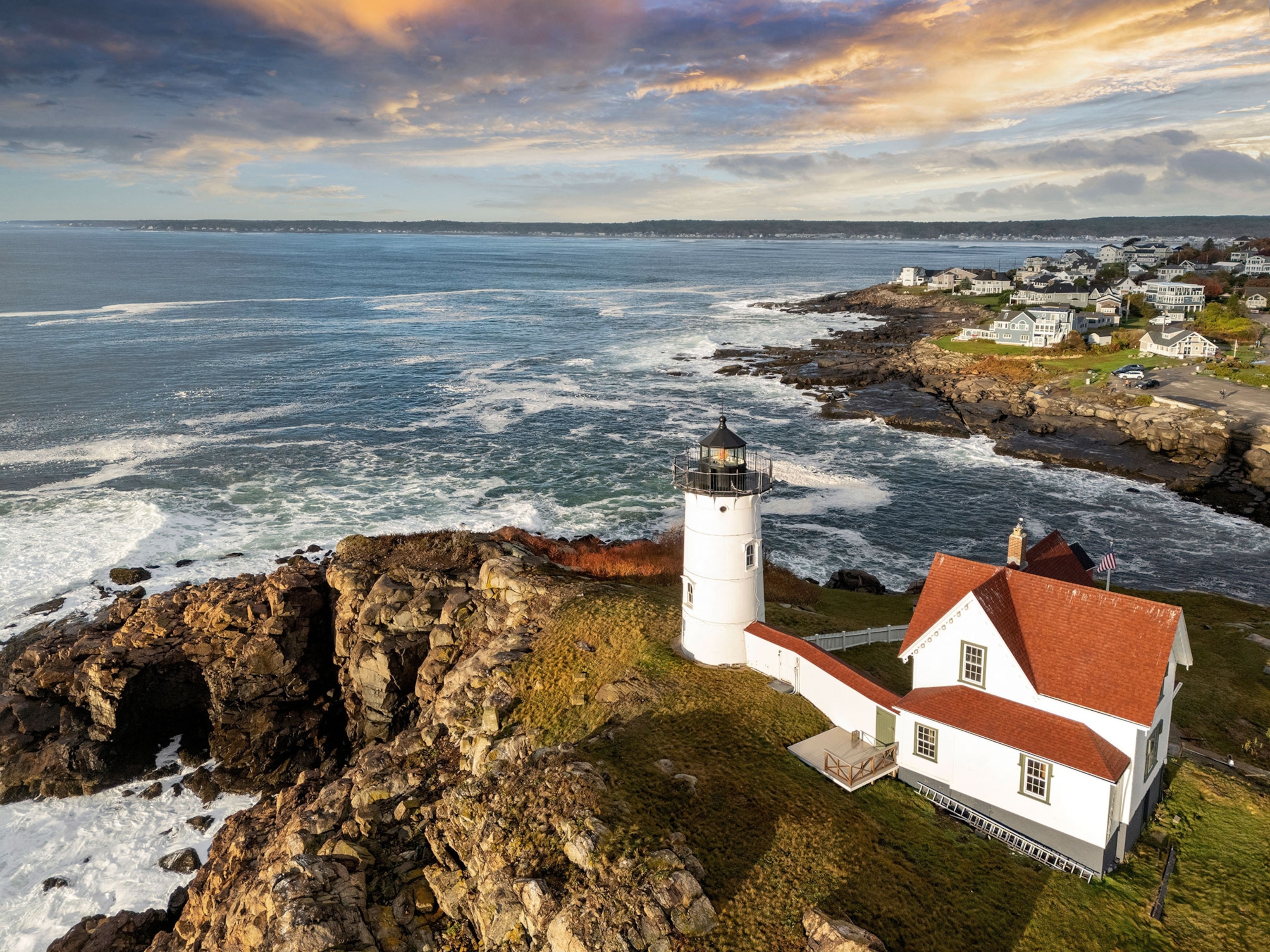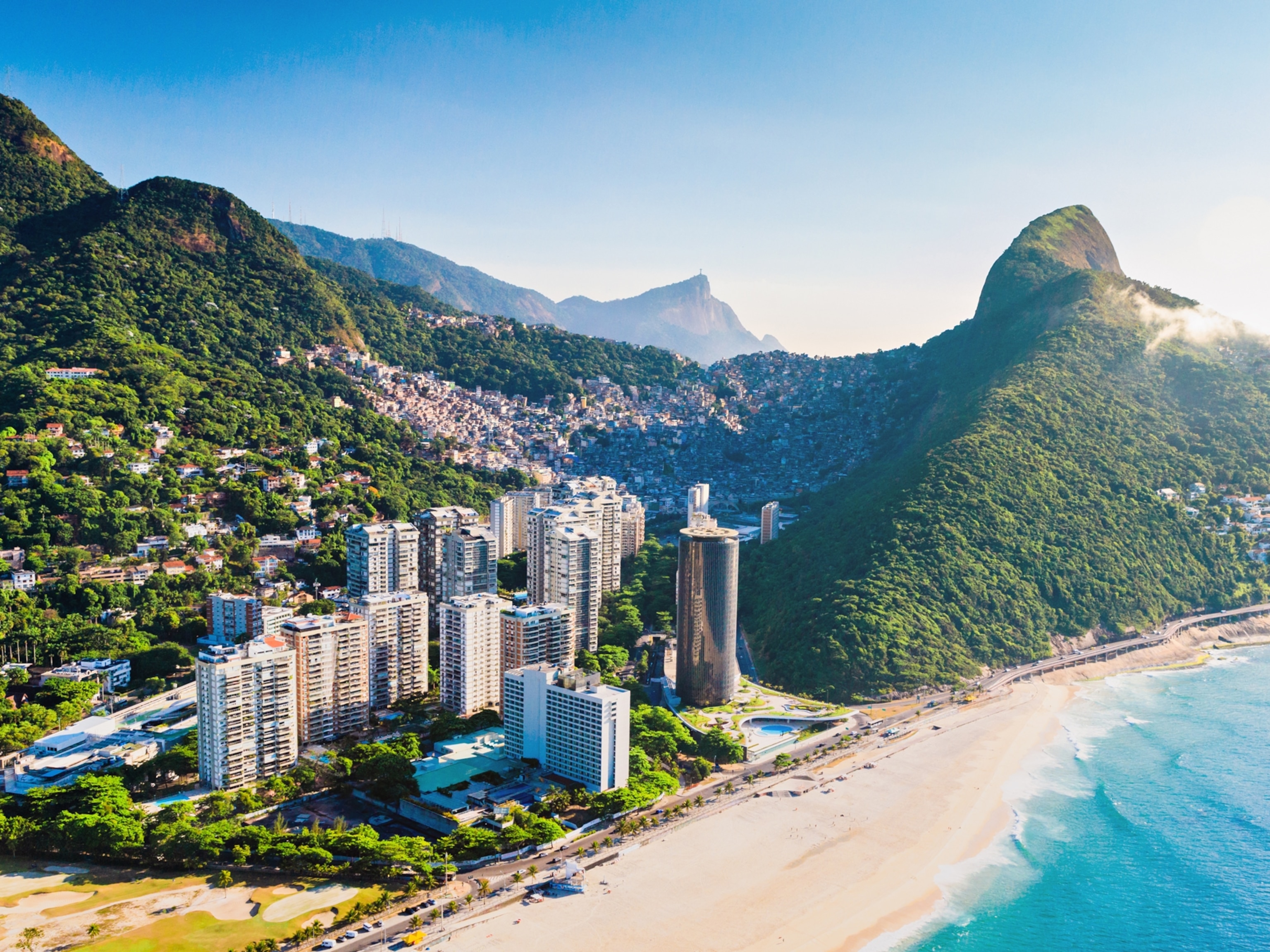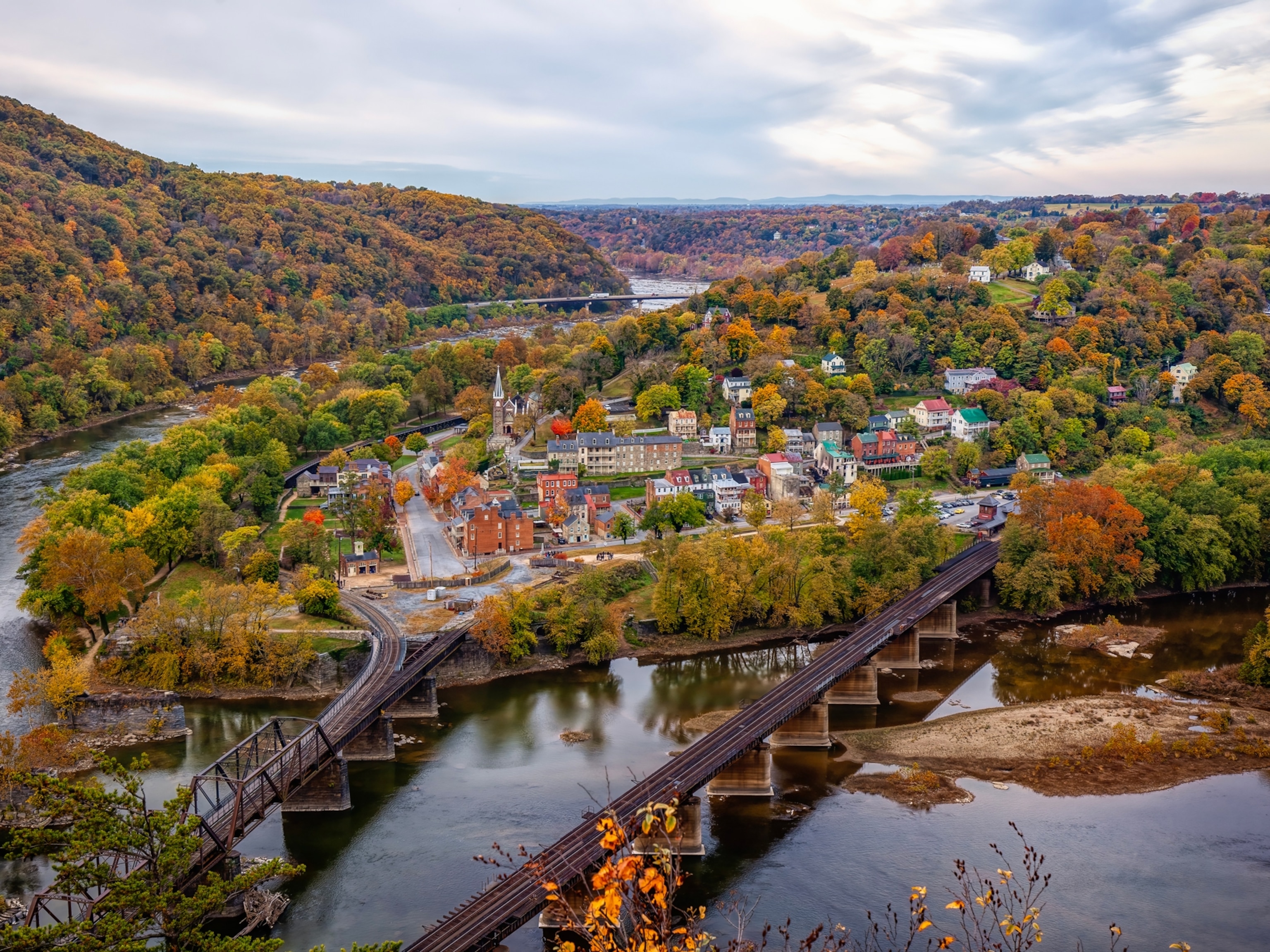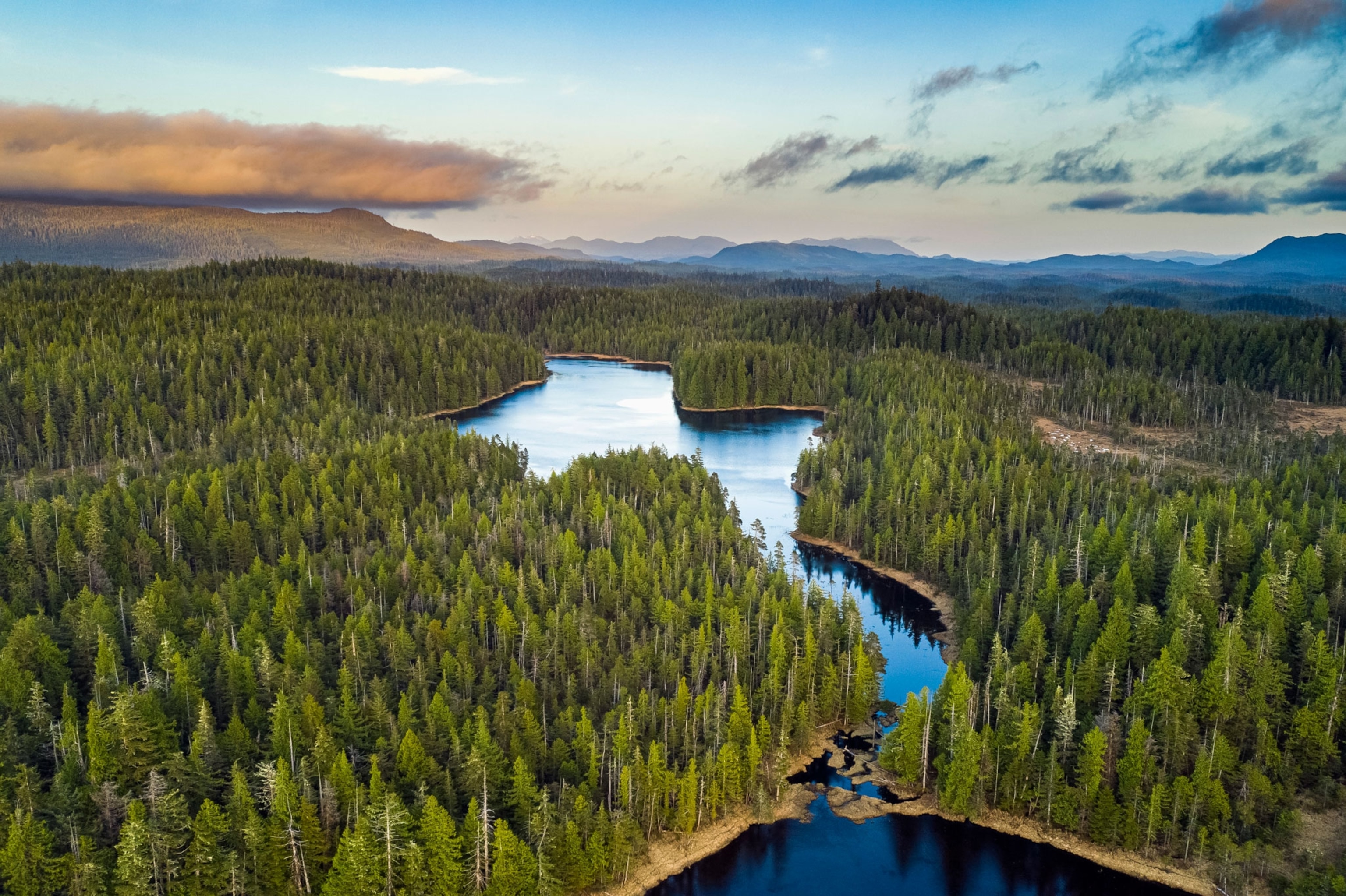
One of these 7 places may be America’s next national park
From the world’s largest intact temperate rain forest to an Apache “Wonderland of Rocks,” these stunning landscapes have all the makings of a future National Park Service site.
It’s been more than two years since West Virginia’s New River Gorge became America’s most recent national park, and since then, outdoor recreation has continued to soar in popularity. The National Park Service manages more than 400 sites across the United States, but less than 20 percent (63) are national parks with the scale and amenities that can support heavy visitation. Currently, 20 states do not have a national park.
There are many benefits to having a national park. They can be a boon for regional tourism and bring federal resources for conserving land that may be vulnerable to development or invasive species. “You want to ensure public access and the protection of the resources,” says Kristen Brengel, senior vice president of government affairs at the National Parks Conservation Association.
So where could the next national park be? The U.S. is full of worthy candidates. But national parks are created through congressional legislation, and there are many considerations, including available infrastructure such as roads and restrooms. Community advocacy can help fuel the effort. With strong local and federal support, the following sites stand a good chance of becoming America’s 64th national park.
Ocmulgee Mounds National Historical Park, Georgia
The verdant human-made knolls here are a vivid window into more than 17,000 years of Indigenous habitation. The ancestral homeland of the Muscogee (Creek) Nation, Ocmulgee Mounds National Historical Park is a leading contender for the next national park slot, thanks to a robust community initiative and bipartisan support in Congress. “We know that our ancestors are buried in this land, and national park status would establish protections,” says Tracie Revis, director of advocacy for the Ocmulgee National Park & Preserve Initiative.
(Could this be Georgia’s first national park?)
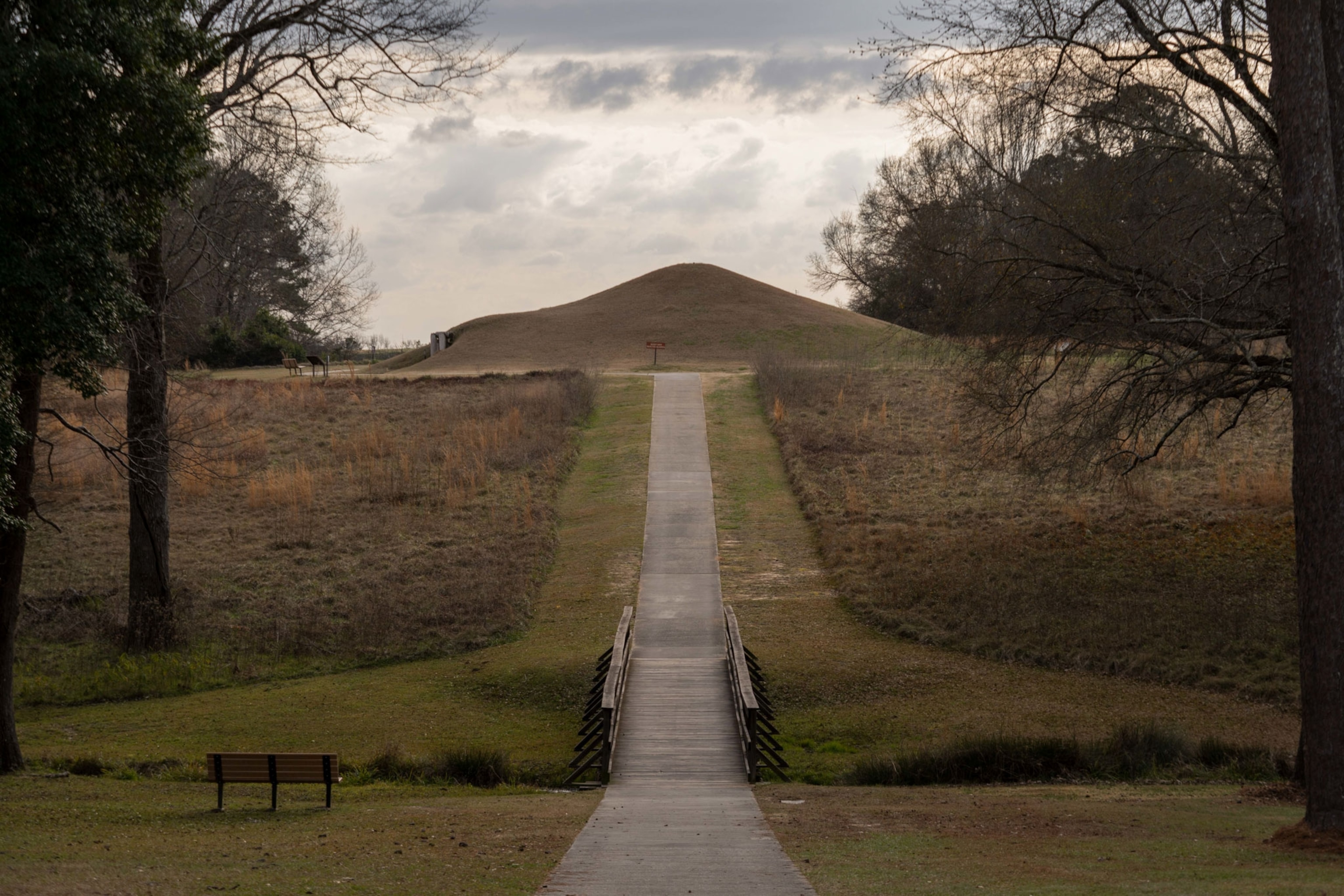
Craters of the Moon National Monument and Preserve, Idaho
Despite seemingly endless sand dunes and lofty peaks, Idaho never seems to be top of mind as a hub of nature. Perhaps that’s why it doesn’t have a national park. Craters of the Moon could fill that void with its otherworldly expanse of lava flows, cinder cones, lava tube caves, and sagebrush. In fact, there has been serious talk about turning the expanse into a national park since the early 20th century.
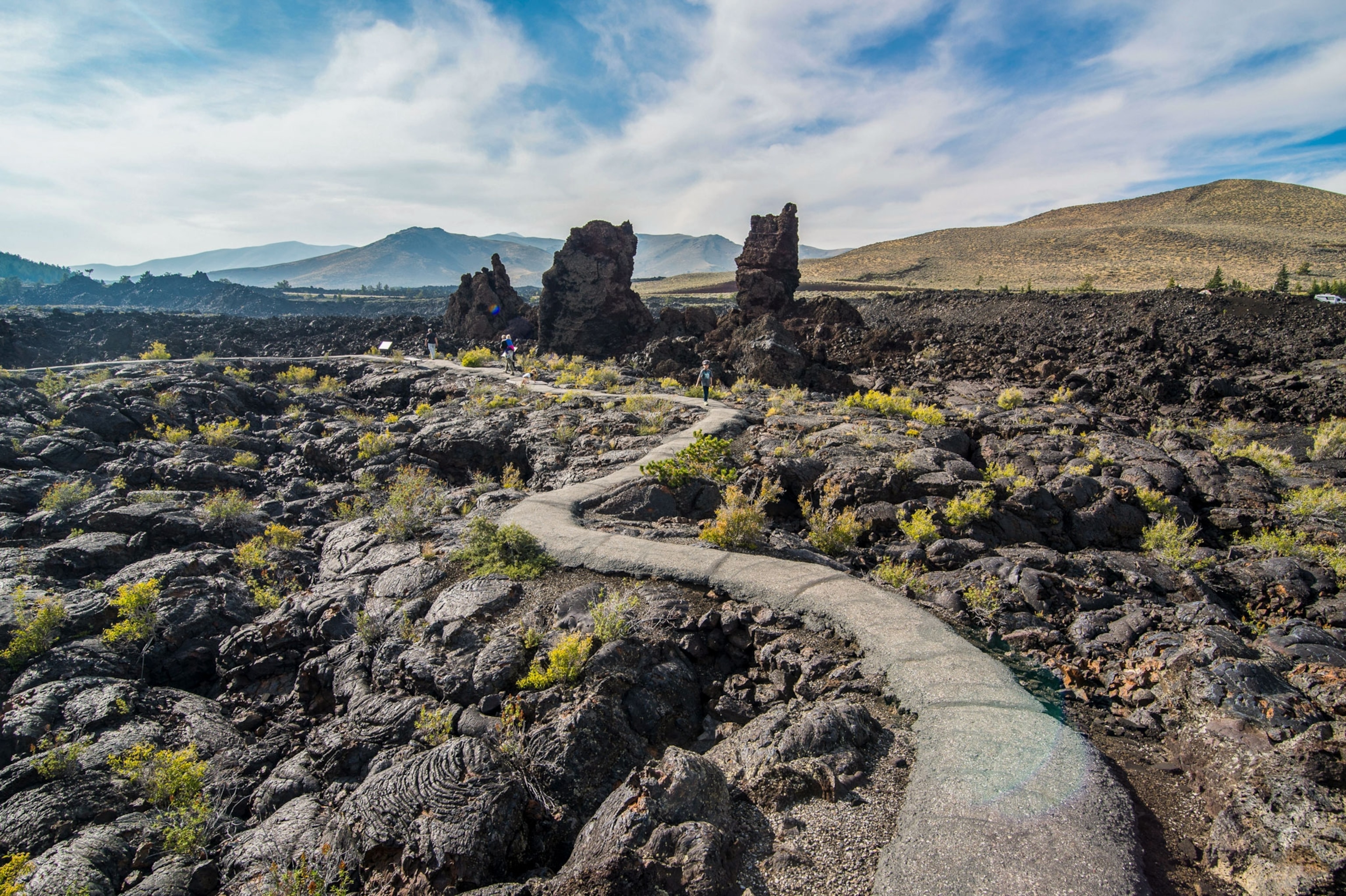
Katahdin Woods and Waters National Monument, Maine
Central Maine is home to the most contiguous undeveloped forest east of the Mississippi River and the largest moose population in the Lower 48. Open to the public since 2016, Katahdin Woods and Waters National Monument is a gateway to more than 87,000 acres of Maine’s interior wilderness in the shadow of Mount Katahdin, the northern terminus of the Appalachian Trail. Turning the monument into a national park would expand access to more mountains, bogs, and waterfalls throughout the region while mitigating the visitor strain on Acadia, New England’s only national park.
(Here are 10 national parks to avoid the summer crowds.)
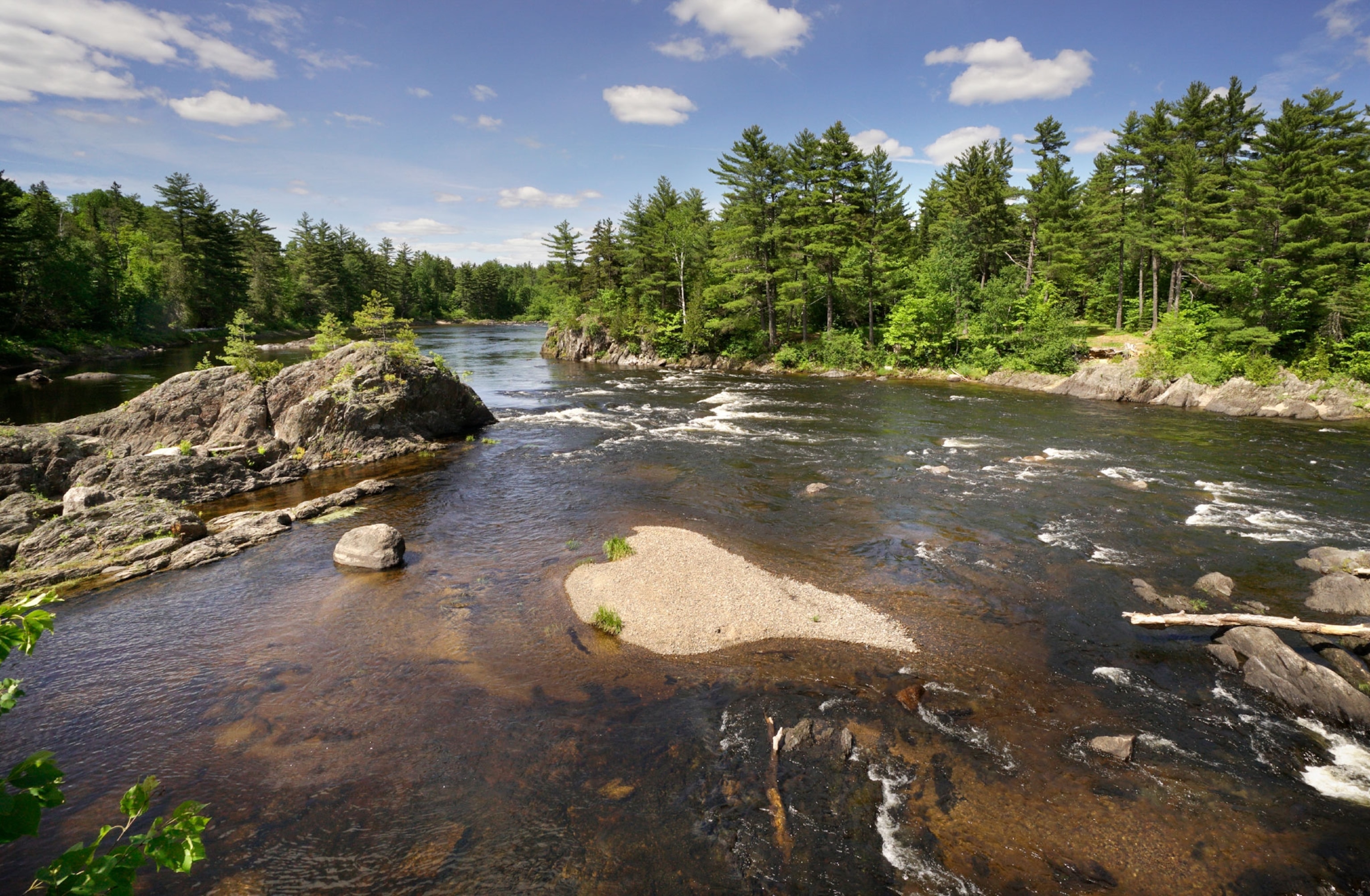
Chiricahua National Monument, Arizona
It’s easy to see why the homeland of the Chiricahua Apache Nation is often called a “Wonderland of Rocks.” The monument is a labyrinth of towering stone spires (“hoodoos”) and eye-popping balanced rock formations. Arizona’s representatives in Congress have already introduced a bipartisan national park re-designation bill, and advocates see the creation of such a park as an opportunity to establish a long-term working relationship between the NPS and tribes with ancestral roots in national park lands.

Shawnee National Forest, Illinois
With 289,000 acres unfolding into oak-hickory forests, wetlands, canyons, and roller-coaster topography (a real draw in one of America’s flattest states), it’s no wonder this diverse area has been at the center of national park conversations for some time. A re-designation could protect Shawnee’s woodlands and eclectic botany from logging, while spotlighting a unique zone of ecological convergence. “There are coastal plain elements here that are actually left over from the time of the dinosaurs, when the oceans were configured differently,” says Jean Sellar, a member of the Sierra Club’s Shawnee Group Executive Committee.
(National parks overcrowded? Try these national forests instead.)
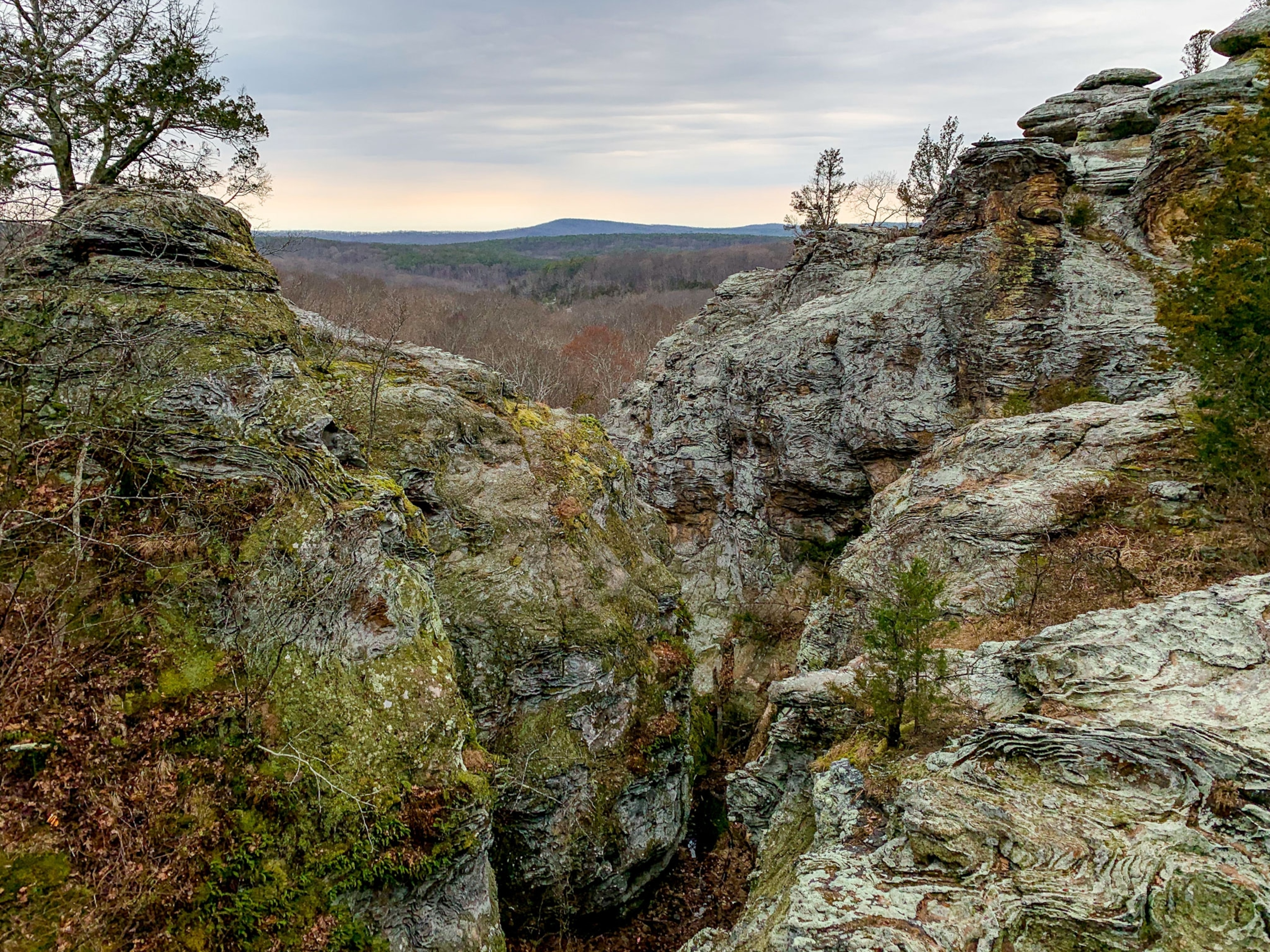
Delaware Water Gap National Recreation Area, New Jersey and Pennsylvania
The point where the Middle Delaware River cleaves its way through the iconic Appalachian range has been popular with travelers since the height of the railroad era. The area also contains fossilized reefs whose preserved trilobites and cephalopods offer a window into prehistoric oceans. Today’s visitors continue to generate robust tourism revenue in a region that has struggled economically, according to a study by the National Parks Conservation Association. A national park designation could deliver more dividends to nearby communities while ensuring stronger protections for an essential zone of geologic history.
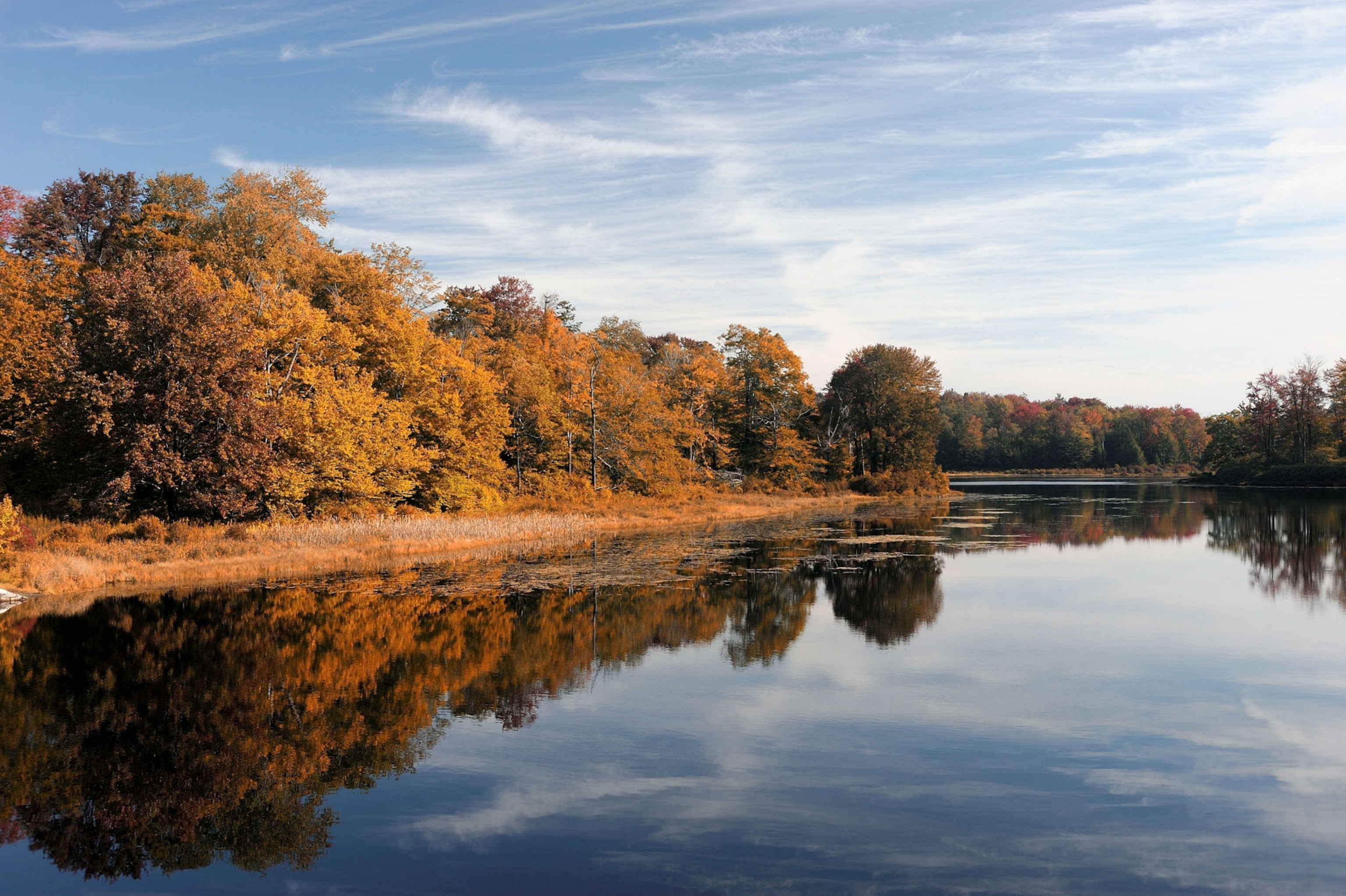
Tongass National Forest, Alaska
The largest intact temperate rainforest in the world is a spruce-scented haven for bald eagles, moose, and bears. Tongass National Forest got a boost from the Biden administration earlier this year in the form of “Roadless Rule” protections that will block logging and road construction through over nine million acres of the forest. A new national park here could offer sustainable public access.

